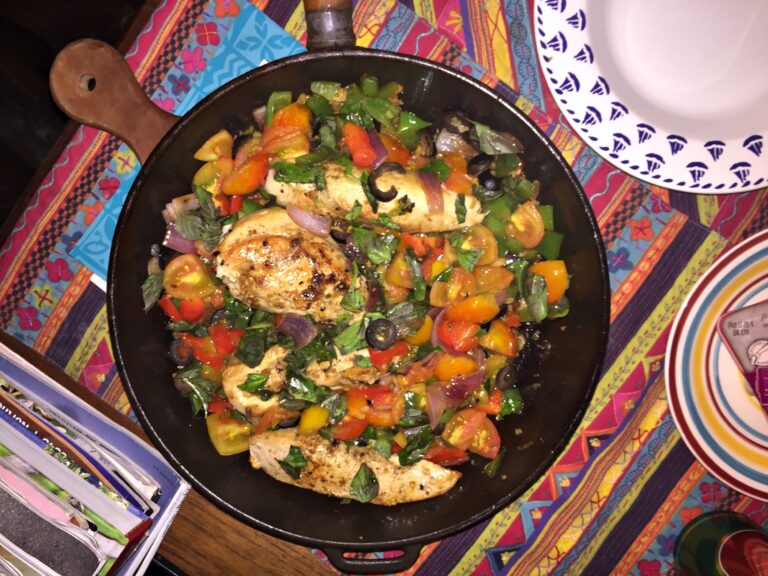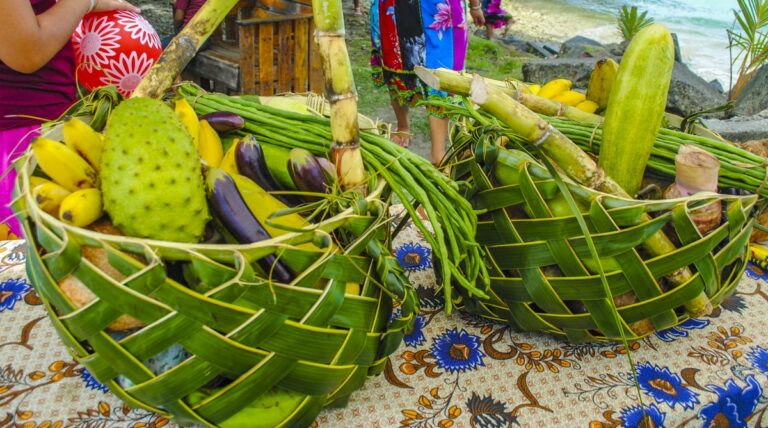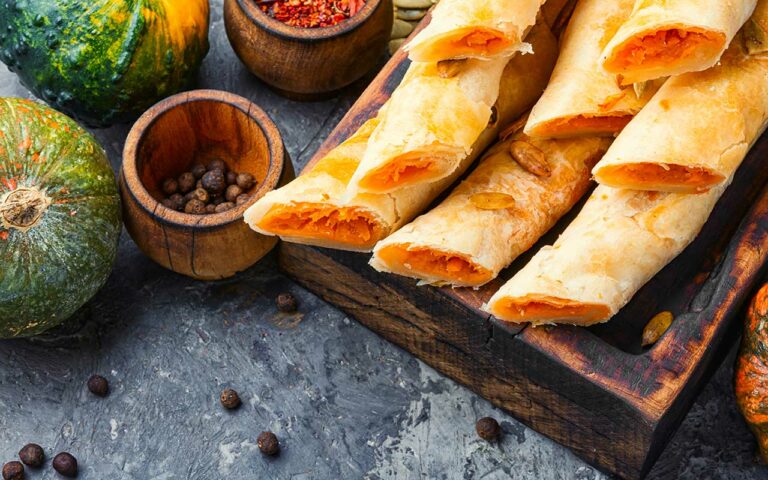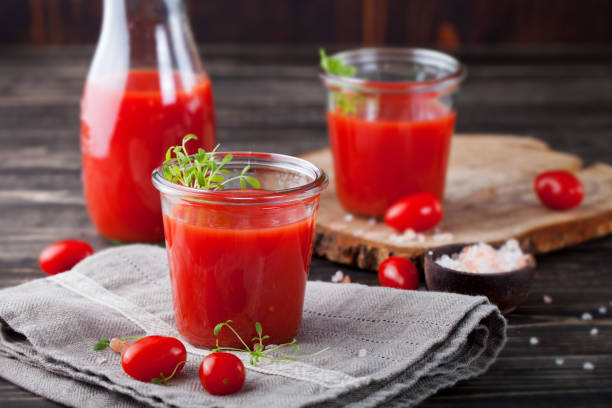From bed to school and from there in front of the screen: the image of lazy youth is widespread. How dramatic is the situation really? From bed to school and from there in front of the screen: the image of lazy youth is widespread. How dramatic is the situation really?
Mom and Dad’s Fears
Gunar Senf from the Faculty of Education at the University of Leipzig has done a lot of research in this area. The author of the book finds that there are definitely deficits. “Some children move too little and sit too much in front of the computer or smartphone.” Unfortunately, that always has something to do with the fear of the parents. “Many are overly cautious.”
dr Heinz Krombholz, on the other hand, describes the research on mobility in children and adolescents as “confusing”. For the scientific employee at the State Institute for Early Education (IFP) in Munich, one thing is certain: the situation is not as threatening as is often publicized – quite the opposite. “Look around the streets. The children ride bikes, skateboard or balance on the slackline.” Of course there would also be children who move less than others. “But it’s always been there.”
Krombholz also says: Inactivity is often not the problem of the children, but of the parents. The attitude of mother and father shapes the movement behavior of the offspring. And a lack of exercise is often related to the socio-economic conditions in the family.
This is confirmed by Ralf Sygusch from the Institute for Sports Science at the University of Erlangen-Nuremberg. The fact that children nowadays are just lazy couch potatoes because of media use is “total nonsense”. “Children can do both: run around all day and use their smartphone in the evening.” Sygusch also thinks that the parents are responsible. “You have to set an example.” Too much control and a meticulously planned daily routine tend to be counterproductive. “In principle, however, we are a long way from parents restricting their children’s range of motion.”
Bad feeling
But there seem to be some overly concerned parents. A survey by the opinion research institute YouGov reveals how strongly people think about security. Among other things, half of the 1002 mothers and fathers surveyed stated that they only allowed their offspring to play unsupervised on their own property or in the immediate vicinity. In addition, every second person gets a queasy feeling when the offspring steps outside the door alone.
Some companies are therefore sensing big business: Concerned parents can order the “Where is Lilly” tracking watch for 159 euros, among other things. Originally intended as a tracking device for pets, the inventors have extended the radius of action to include the offspring. The device description provides additional breeding ground for overly cautious parents: “Especially in today’s world, it is important to offer parents and their children security. Who is there when you need to buy something quickly and your child wants to continue playing in the garden?”
Comment by editor Irmtraud Fenn-Nebel: Wrong care – when parents exaggerate
On the one hand, it sounds stereotypical: “Today’s” children are only attached to their smartphones and are becoming short-sighted, addicted, fat, stupid and lazy. On the other hand, digital devices and the Internet are here and “today’s” parents have a hard time finding the right balance in dealing with them. But does that justify a development that can be observed at the same time: What makes them helicopter parents who constantly circle over their dear little ones under the mistaken assumption that they have to bear everything with them?
Yes, viewed objectively, the challenges of the digitized world cannot be compared with what today’s 30-year-olds grew up with. And those who are even older have different experiences. Diverting streams in the forest, watching “Daktari”, schoolbags in the corner at lunchtime and off to wherever. When the conversation turns to “in the past,” the wild dogs of yesteryear outdo each other with tales of great freedom and daring activities.
Why don’t they begrudge their own children that, why don’t they trust them? Flashback: When the child was born, it had cute, healthy feet. How happy you were about your first steps! This went well until the educators remembered their care and deprived the offspring of their mobility. Note: A child must have a smartphone, everyone has one, they just stare at it.
How about if everyone in the class gave up and took a digital break? It would be worth a try. But that doesn’t mean that the child will cycle anywhere in the time gained. It would have to be up the hill! And this traffic! unreasonable. Daddy/Mommy drive. They like to focus their day on child care. Now it sits with its healthy feet in the car, better: helicopter. And in the trap, because some wild dogs from back then simply overdid it in their 180-degree turn.
Comment Peter Groscurth: Upbringing problems? Superfluous discussion!
Listless, overweight children and strident parents who look after their offspring in a rushed and aggressive manner. Pictures as they are currently being used.
Morals seem to be declining. A wise man puts it: “Young people nowadays love luxury. They have bad manners, despise authority, have no respect for older people and gossip about where they should work. Young people no longer get up when older people leave the room They contradict their parents, rant in society, devour sweets at the table, cross their legs and bully their teachers.”
Is it really like that? What. Parents also take care of their children nowadays – and they just buck from time to time. But many see it differently: their own behavior – earlier in puberty – is all too quickly glorified.
There is constant noise and scolding. If children are not interested in sports, our country collapses. If they do without tablets and the like, our business location is threatened with existence as a developing country in the future.
In the 80s there was the supposedly constantly playing video game generation (on the Commodore 64 or Atari). And today? Today she is doing her job well and cheerfully, is efficient and raises her own children.
Why this outcry? Usually hyperactive psychologists or life coaches, who greedily write bitterly angry books and gossip on talk shows… May their works, dust-attracting, be outmoded on the shelves.
By the way, the quote from the clever man is more than 2400 years old and came from the mouth of the philosopher Socrates. Since this misanalysis, the earth has continued to rotate surprisingly cheerfully, including all human generations on it – almost as beautiful as helicopter parents, if they existed.

















